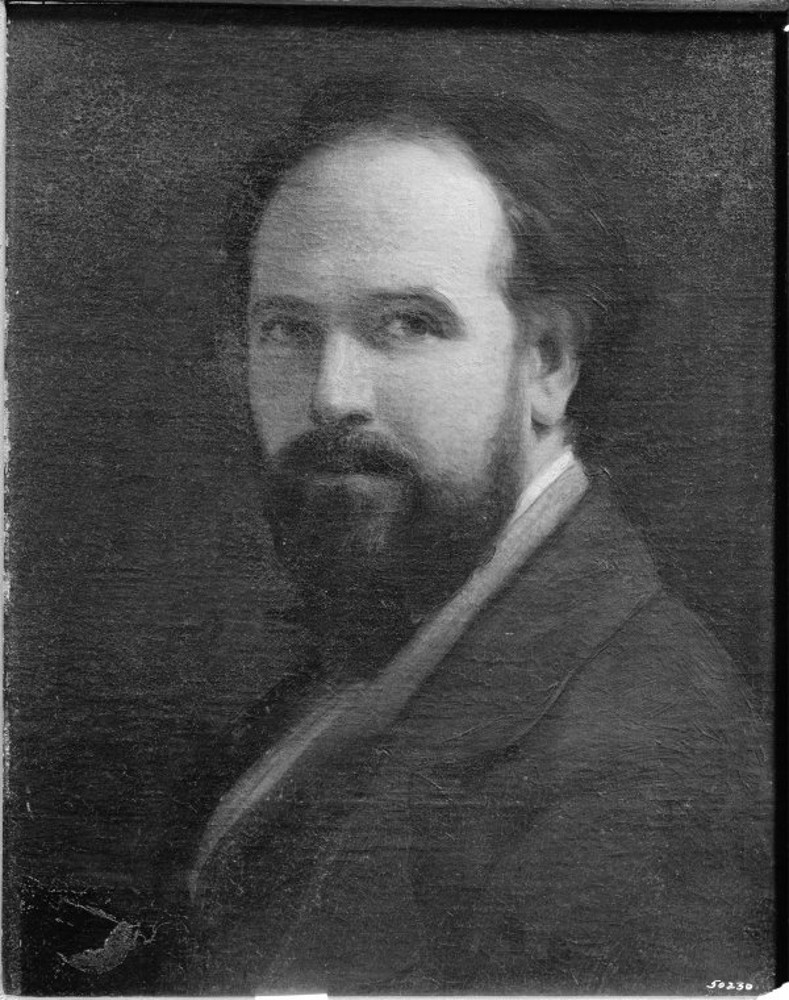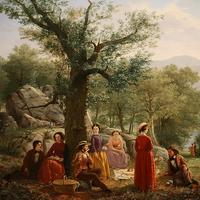More about Jerome Thompson
Works by Jerome Thompson

Contributor
Basically, Jerome Thompson’s your typical rebellious teenager. At seventeen, he ran away from home and his heinous papa to pursue his interest in painting.
His father was an accomplished portraitist, but whether because he saw his son as competition or because he needed another hand on the family farm, he’d kick over Jerome’s easel whenever he caught him painting. He even destroyed a number of Jerome’s early paintings, leaving his son’s sole outlet for his skills in sign painting. Boring.
However, it wasn’t long before young Jerome came full circle to his father’s hopes for a farm boy son. As his career took off, he became known for his landscapes full of people farming, fishing, harvesting, and gobbling down food in nature at their “pic nicks,” as he preferred to spell it.
For the mid-nineteenth century American, this was pleasingly nostalgic. For Thompson, highly profitable. Scenes of nature were particularly appealing at the time, as the U.S. was industrializing and rapidly destroying its wild countryside. You could say he was a 19th century Thomas Kinkade: painter of pre-smokestack, pre-cottin-gin, pre-interchangable-musket-part country idylls.
In fact, by the end of his life, Thompson had made such a hit of it that he purchased a New Jersey estate. He promptly named it after himself—dear, old “Mount Jerome.”
According to critics today, there’s one quick way to recognize a true Thompson masterpiece. The distinct mark is in the “squat bodies and rubbery arms, as well as intense facial color.” No doubt results of all those delicious pic nick treats.










